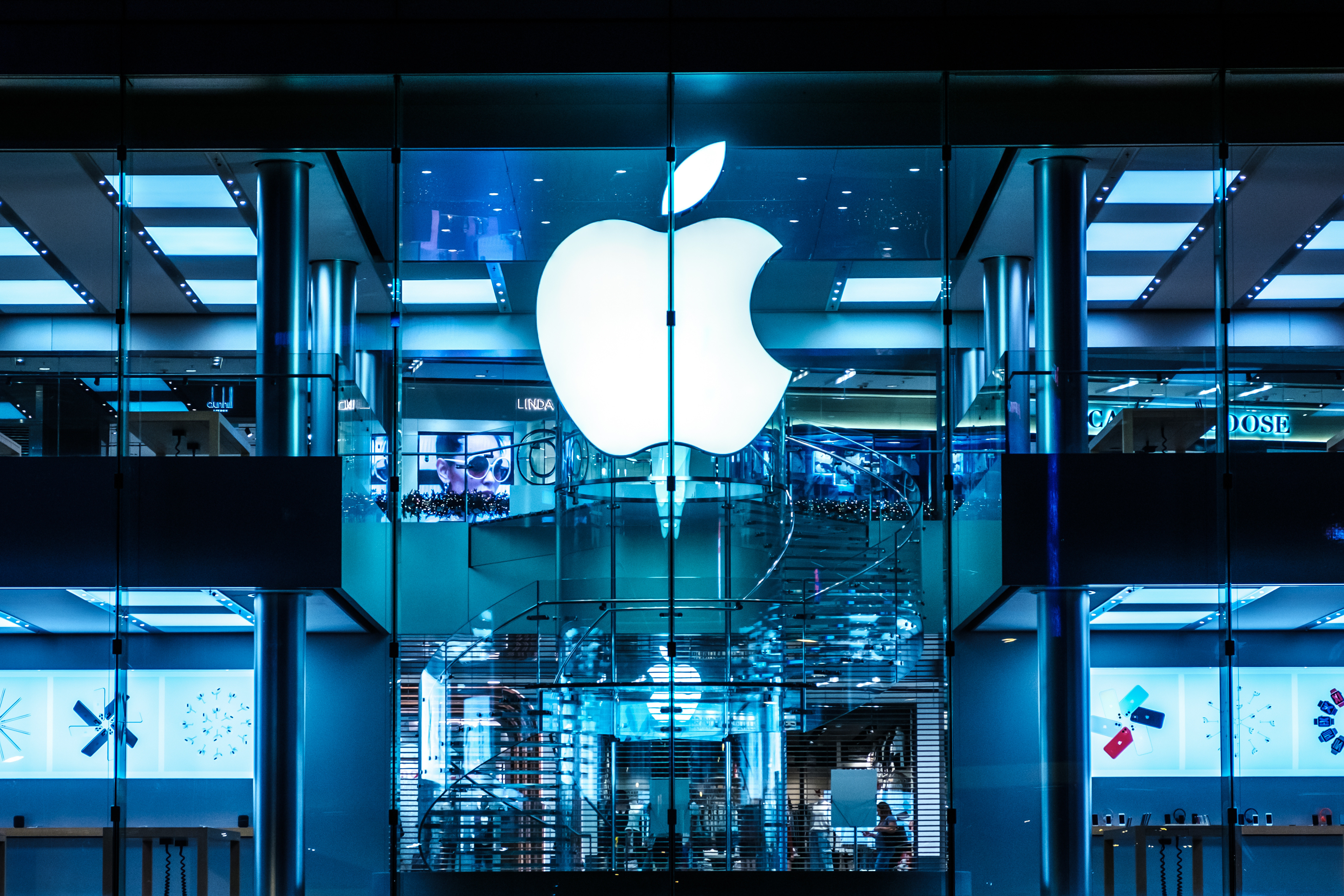Apple’s recent foray into generative AI for notification summaries has drawn sharp criticism, particularly from prominent publishers like the BBC and The New York Times. Apple Intelligence generated a misleading headline for a BBC news story, appearing on iPhones last week, which falsely claimed that Luigi Mangione, a man arrested in connection with the murder of healthcare insurance CEO Brian Thomson, had taken his own life. Subsequently, the inaccurate summary prompted a formal complaint from the UK's national broadcaster.
The BBC is not alone in its concerns. On November 21, The New York Times encountered a similar issue when Apple Intelligence grouped three unrelated articles into one notification, incorrectly summarizing that Israeli Prime Minister Benjamin Netanyahu had been arrested. This misrepresentation stemmed from a report about the International Criminal Court issuing an arrest warrant for Netanyahu—not his actual arrest.
Prominent news organizations like the BBC and The New York Times rely heavily on their reputations for accuracy and trustworthiness. When AI systems like Apple Intelligence misrepresent headlines, they undermine these values. The damage is not limited to publishers—it extends to the broader ecosystem of information dissemination. Mistakes, such as falsely claiming that Luigi Mangione had taken his own life or misrepresenting legal actions involving Netanyahu, risk spreading disinformation at scale. Once inaccuracies reach users' devices, they can quickly circulate across social media and other platforms, making retractions or corrections far less impactful than the initial falsehood.
Apple’s errors are part of a broader pattern among big tech companies attempting to integrate AI tools into consumer products. Earlier this year, Google’s AI Overviews tool generated comical but concerning advice, such as suggesting "non-toxic glue" for making cheese stick to pizza and recommending humans eat one rock per day based on misinterpreted geological insights. Apple Intelligence also faced criticism for inaccurately summarizing emails and text messages, further highlighting the risks of deploying AI for nuanced communication tasks.
The company must address concerns about accuracy and reliability as Apple rolls out AI features in its latest iOS updates, including notification summaries for iPhones, iPads, and Macs. While these tools promise to reduce notification fatigue, high-profile errors like the BBC and New York Times cases demonstrate the importance of refining the technology before full-scale implementation.
The speed and scale at which AI-generated content can spread are both its greatest asset and its biggest risk. When tools like Apple Intelligence generate inaccurate summaries, they amplify misinformation, often outpacing efforts to clarify or correct errors. AI struggles to interpret nuance and context in the same way humans do. Headlines, in particular, are prone to misrepresentation because they often lack the broader context of the full story. Grouped notifications—like those generated by Apple Intelligence—compound this problem by forcing unrelated articles into a single, misleading narrative.
Who is accountable when these systems spread false information—the developers, the publishers, or the end-users who share it? Although AI providers like Apple and Google often include disclaimers about potential inaccuracies, this does little to mitigate real-world harm caused by these errors.
.png?width=1816&height=566&name=brandmark-design%20(83).png)



